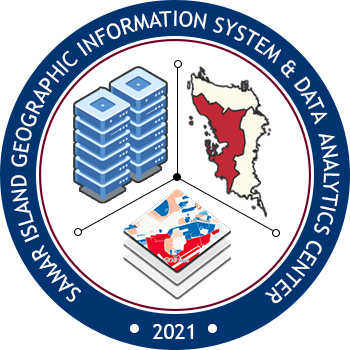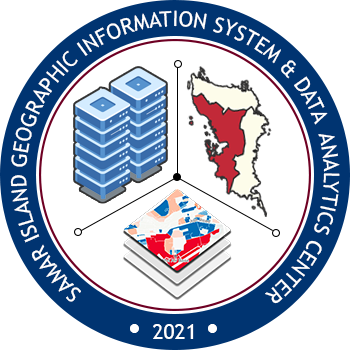SIGISDAC
Revolutionizing Urban Planning: SSU's PROJECT TANAW Transforms Catbalogan City through AR/VR Technology
In a remarkable stride towards the future of urban planning and development, the Samar State University (SSU) GIS and Data Analytics Center is embarking on a groundbreaking initiative. Titled "PROJECT TANAW: Catbalogan City Urban Digital Planning, Modelling, and Simulation using Projected AR/VR Technologies," this visionary project has received substantial funding from the Local Government Unit of Catbalogan (LGU-Catbalogan Grant). PROJECT TANAW is set to usher Catbalogan City into a new era of sustainable urban growth, all made possible through the innovative application of Augmented Reality (AR) and Virtual Reality (VR) technologies.
Digital cities, or virtual 3D city models, represent a powerful tool in modern urban planning. These digital representations of real urban environments offer a promising medium for a wide range of applications, including spatial and environmental planning, environmental analyses, infrastructure and facility management, emergency response, and city promotion. PROJECT TANAW aims to harness the immense potential of AR and VR technologies to address the unique challenges and opportunities faced by Catbalogan City.
One of the key strengths of digital city models lies in their ability to provide an immersive and interactive experience. By creating a 3D digital replica of Catbalogan City, planners, policymakers, and residents can explore and visualize the urban landscape in unprecedented detail. This level of engagement fosters a deeper understanding of the city's layout, infrastructure, and potential areas for development, enabling more informed decision-making.
The application of AR and VR technologies in urban planning also enhances the city's resilience and preparedness for emergencies. Through simulated scenarios, emergency response teams can better understand how the city would react to various crises, helping them formulate effective strategies to mitigate risks and save lives. Moreover, these technologies facilitate better communication and coordination among different departments and agencies involved in emergency response.
Another vital aspect of PROJECT TANAW is its contribution to environmental sustainability. By integrating environmental data into the digital city model, planners can analyze the potential impact of urban development on the environment. This proactive approach allows for the implementation of eco-friendly policies and the preservation of natural resources, ensuring that Catbalogan City continues to thrive while maintaining its ecological balance.
Furthermore, the project's use of AR and VR technologies in city promotion cannot be overlooked. Catbalogan City's unique charm and cultural heritage can be showcased in immersive experiences, attracting tourists, investors, and businesses. This, in turn, can stimulate economic growth and create new opportunities for the local community.
In essence, SSU's PROJECT TANAW represents a remarkable leap forward in the field of urban planning and development. By embracing the transformative potential of AR and VR technologies, Catbalogan City is positioning itself as a model for modern, sustainable, and resilient urban centers. As this visionary project unfolds, it will undoubtedly serve as an inspiration for other cities seeking to harness the power of digital cities to shape their futures. With PROJECT TANAW, the future of Catbalogan City is not just bright – it's digital, immersive, and promising.

SIGISDAC
Center for GIS and Data Analytics
